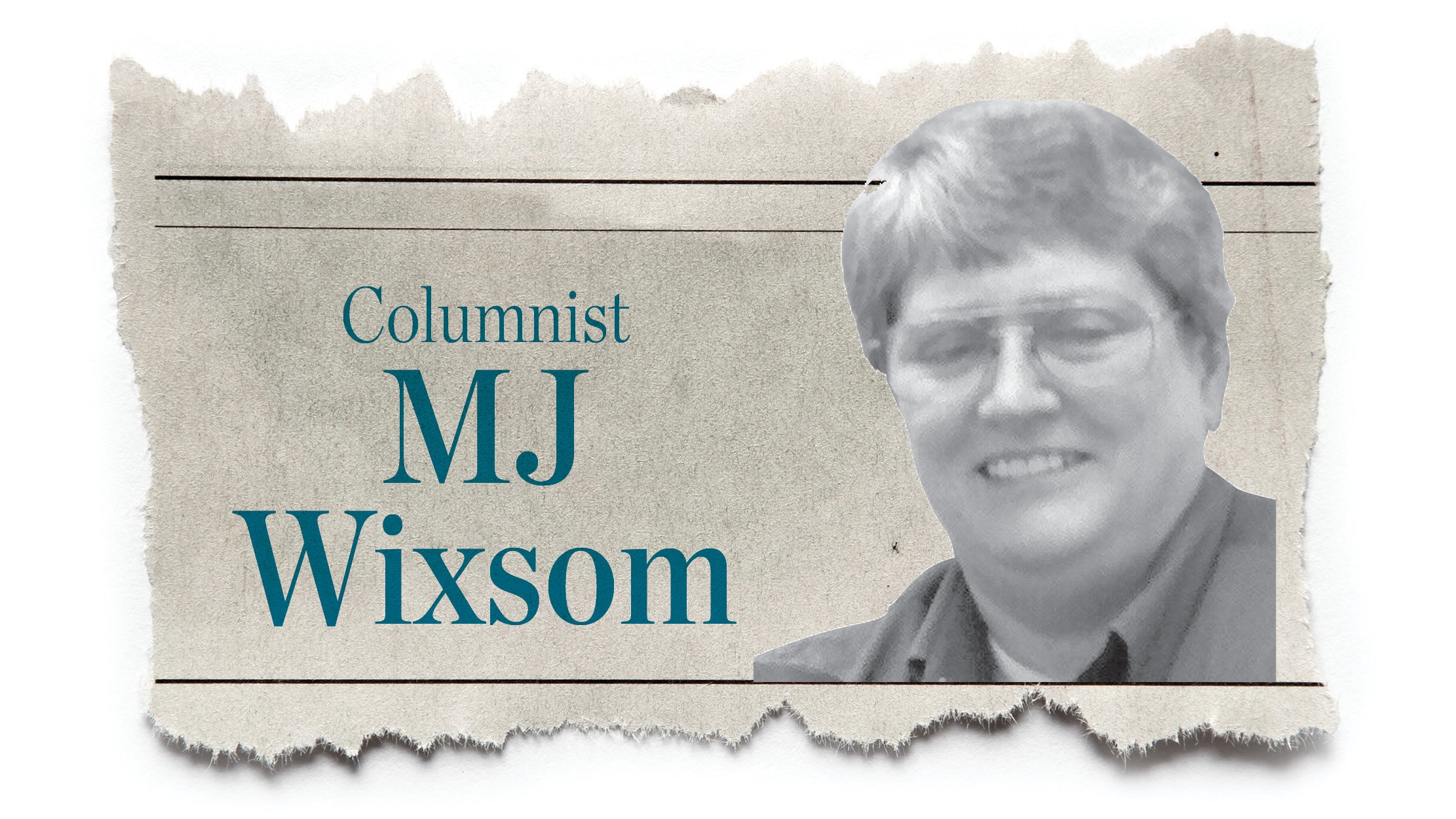Space shuttle program risk worth taking
Published 12:00 am Wednesday, July 27, 2005
10, 9, 8, 7, 6, 5, 4,3, 2, 1 Š We have liftoff! NASA officials have not said those words for 2 1/2 years since the Shuttle Columbia explosion shook America to its core, but that all changed Tuesday.
The nation's space shuttle program took flight once again, achieving the miracle that is space travel and allowing Americans to breath a collective sigh of relief.
''Our long wait may be over. So on behalf of the many millions of people who believe so deeply in what we do, good luck, Godspeed - and have a little fun up there,'' launch director Mike Leinbach said to the seven astronauts on board before the historic flight.
Make no mistake, the beleaguered NASA program is about more than just space exploration, though that is certainly important. The manned space flights are about developing our space program, refining our technology for centuries to come and simply doing what every child in the world does at one time or another - reach for the stars.
At exactly 10:39 a.m., the shuttle Discovery soared skyward with a flash and roar that millions watched on TV.
For the first time, a camera was mounted on the Discovery's fuel tank, which provided pictures of the blast-off. The scenes provided a perspective we had not seen before.
Now, we will all await the safe return of these brave men and women so that the world can proclaim, "Mission Accomplished." Until they are all safely on Earth again, the story will not be complete.
After all, it was not until re-entry, 16 days after liftoff, that the Columbia exploded because of damage sustained from debris created during takeoff. Though some debris was seen falling during this launch, NASA plans to take every precaution before attempting the return trip.
If serious damage is detected, NASA will repair the ship or have the crew wait on the space station for a rescue by space shuttle Atlantis. Both scenarios are considered to be very dangerous with much risk involved.
With current technology, reaching for the stars always involves the potential for peril, but the rewards, however, outweigh the risks.


